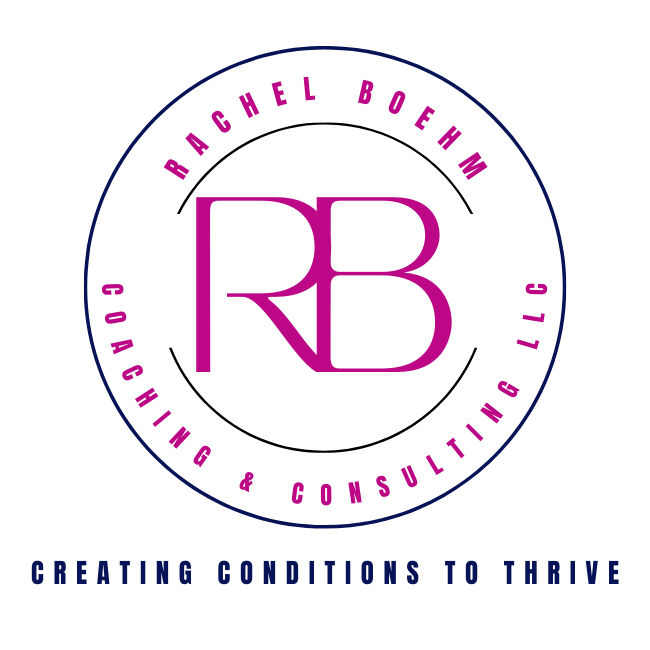Disordered Eating vs Eating Disorders: The difference & Why it Matters
Disordered Eating vs Eating Disorders: The difference & Why it Matters

Knowing the difference between disordered eating and an eating disorder could affect how soon, if at all, you or someone you care about gets help. It could improve quality of life or even save a life.
Our relationship with food and drink is complicated. For the sake of ease, just know that when I write food in this post, I mean both food and drink.
Food is cultural, familial, delicious, nourishment, pacifying...food is many things to many people. Food is also a target. It’s judged, ridiculed, manipulated, abused, and shamed.
For all of these reasons, it’s best to think of our relationship with food on a continuum rather than “normal” or an eating disorder. No one goes to bed one night as a “normal” eater and wakes up with an eating disorder. It’s slippery, complex slope. There are many different reasons someone might develop an eating disorder. I’m not going to go into all of them.
What’s important to know is that it’s not a light switch. It’s an evolution. It’s a continuum. A well-intentioned diet can slide into disordered eating which can slide into an eating disorder. Regular exercise can become excessive and compulsive. A “cleanse” can become a permanent elimination of important food groups or an unhealthy fast. A “cheat day” can turn into routine binges and even binging and purging.
So how do you know where you or a loved one are on the continuum?
Many, if not most of us, have food-related behaviors that could be improved upon. We might eat when we’re bored or stressed, eat because the food is there and it’s delicious, overeat at a meal or too because it’s a special occasion...but these behaviors might not be diminishing our quality of life. It’s not always about the behavior. Intention, intensity and frequency are also important.
Consider the degree to which food runs your life. Is the thought of what you “can” eat all-consuming? How often are you judging foods as good or bad? Are you thinking about food to such a degree that it’s taking away your ability to think and do other things. If so, you might be traveling down the continuum in the direction of disordered eating and an eating disorder.
If you have concerns, please know you aren’t alone. In the back of my memoir, which tells the story of overcoming many traumatic experiences including disordered eating, I have a list of statistics. You might find comfort alongside shock at how widespread these challenges are.
There is no shame in asking for help. If you’re nervous, start first with asking for some basic information rather than “help”. Turn that ask to a credentialed professional, though, rather than the Internet. You can ask your primary care provider, or look for resources listed on NEDA.
References
Boehm, R. (2020). I Am Not! OC Publishing. https://rachboehm.com/books/
Eating disorders vs. non-disordered eating. https://goaskalice.columbia.edu/answered-questions/eating-disorders-vs-non-disordered-eating.
Eatings Disorders vs. Disordered Eating: What's the Difference? (2018, February 21). https://www.nationaleatingdisorders.org/blog/eating-disorders-versus-disordered-eating.

